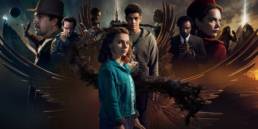
It is time to look at my favourite genre, science fiction, and its equally popular but lesser understood cousin, science fantasy—or space fantasy, as I’ve recently taken to calling it. We are reaching a certain point in our cinematic development where a distinction is sorely needed, mainly because newer productions have upped the stakes in terms of storytelling and scientific accuracy. If Isaac Asimov were still alive, he would probably be tearing up right about now.
The thing is… when I ask people what sort of science fiction they like, they often bring up the ‘Star Wars’ and ‘Star Trek’ franchises. But here’s the problem. Only one of the two qualifies as literal science fiction, and to better understand where I’m going with this, I need to take you back to the origin of the term itself: science fiction is ‘fiction based on imagined future scientific or technological advances and major social or environmental changes, frequently portraying space or time travel and life on other planets.’
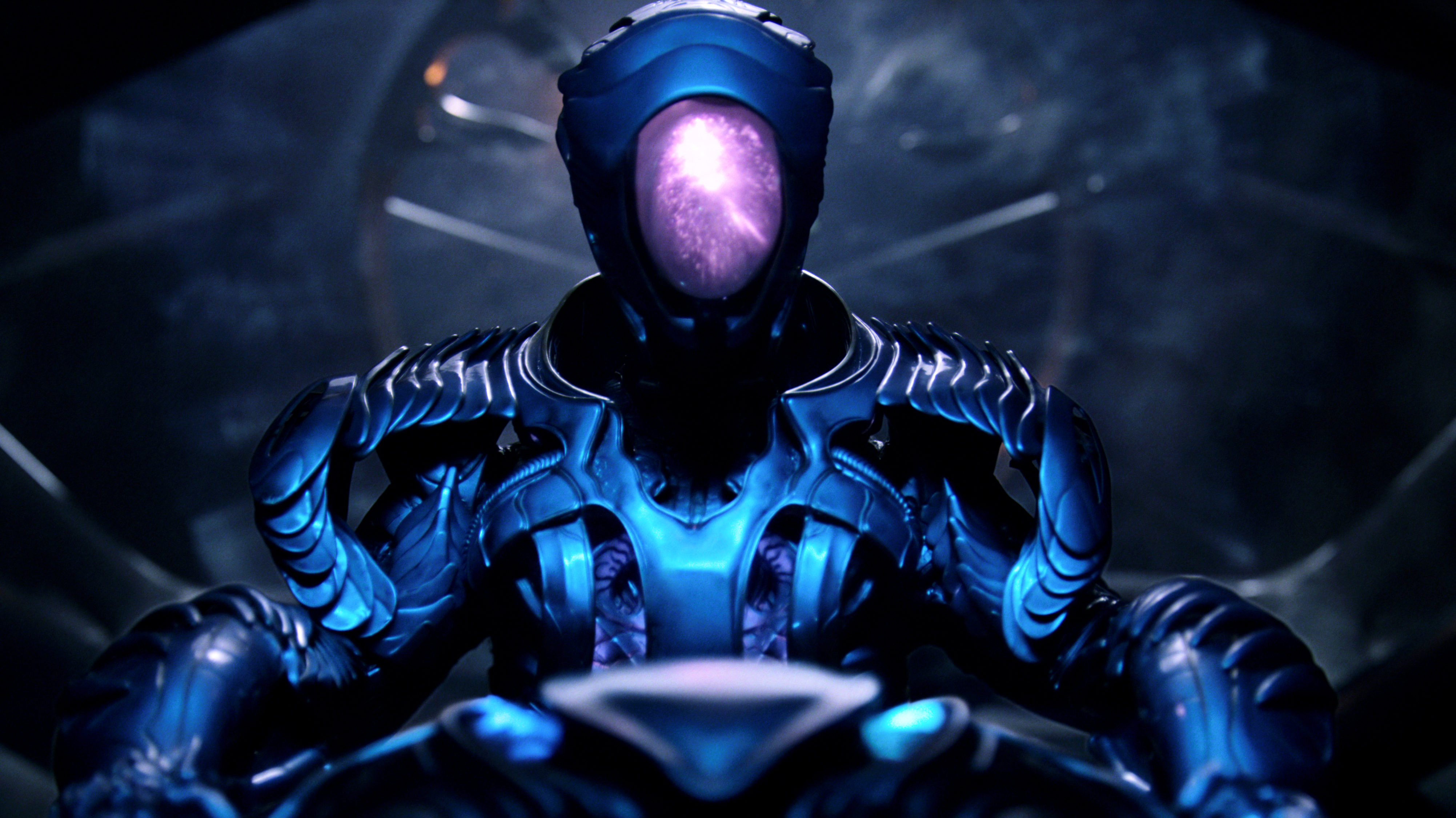 ‘LOST IN SPACE’ (2018), ©LEGENDARY TELEVISION/NETFLIX
‘LOST IN SPACE’ (2018), ©LEGENDARY TELEVISION/NETFLIX
Therefore, of the two above, only ‘Star Trek’ undoubtedly qualifies as sci-fi, since it imagines a possible future that might actually happen someday in terms of technological advancement. The science is also an integral part of the story, while Star Wars happened ‘a long time ago’ and ‘in a galaxy far away’—thus qualifying as a space fantasy, which doesn’t rely on an imagined future nor does it stay loyal to science as it imagines incredible worlds.
Space Fantasy: More Dream Than Theory
Breath-taking sights, cool-looking gizmos, fiery lasers, and eye-popping visual effects; giant spaceships, slender fighters, and extraordinary alien creatures; and an overarching sense that we, humans, are but a speck in the eye of the universe—tiny beings, yet always at the centre of a heroic adventure. That’s what space fantasy somehow always ends up being about.
‘Star Wars’ (1977, and still going)
George Lucas’s single most ambitious project didn’t just birth this terrific subgenre, it also revolutionized the special effects industry in cinema and brought the magic of space back into the national conversation. It began with the eponymous 1977 film, later retitled ‘Episode IV: A New Hope’—as the name suggests, the fourth in a series that Mr Lucas had been trying to make and consistently struggling with budget and special effects requirements. The story was simply ahead of its time.
It was followed by ‘Episode V: The Empire Strikes Back’ (1980) and ‘Episode VI: Return of the Jedi’ (1983), with Luke Skywalker’s overarching quest largely shaped by the director’s fondness of mythological theories proposed by Joseph Campbell—most of them were encompassed in ‘The Hero with a Thousand Faces’. To this day, ‘Star Wars’ is among the finest examples for the revered mythologist’s study of the hero’s journey and the stages one must go through in order to ascend and return, stronger than before and able to vanquish his foes.
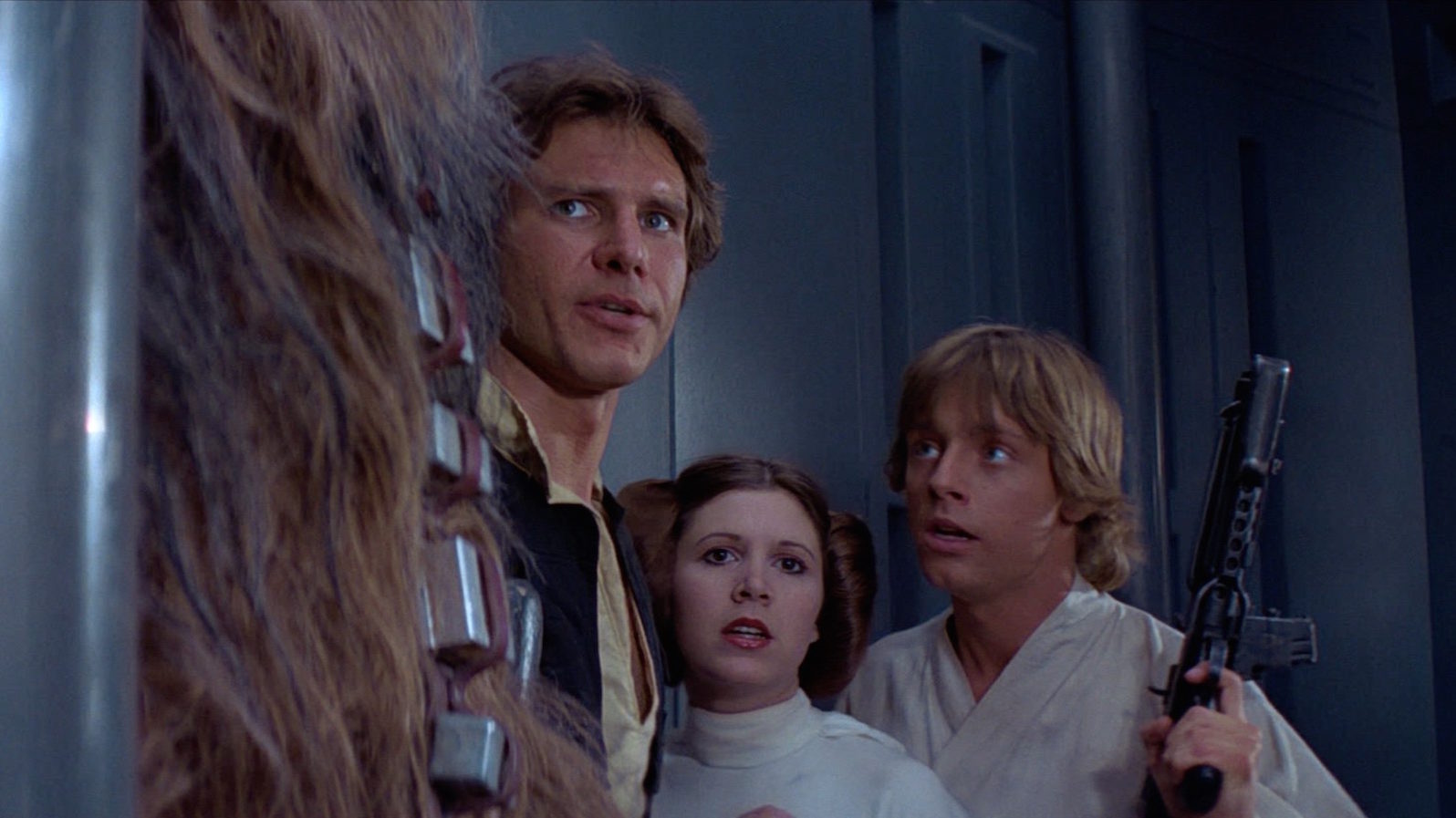 ‘STAR WARS: EPISODE IV – A NEW HOPE’ (1977), ©LUCASFILM/20TH CENTURY FOX
‘STAR WARS: EPISODE IV – A NEW HOPE’ (1977), ©LUCASFILM/20TH CENTURY FOX
The films were so popular that more productions, both live action and animated, followed. About a decade later, Lucas was able to produce the first three features in his original collection: ‘Episode I: The Phantom Menace’ (1999), ‘Episode II: Attack of the Clones’ (2002), and ‘Episode III: Revenge of the Sith’ (2005), which ultimately reveals Darth Vader’s complicated origins.
By securing merchandizing rights at a time when studios weren’t yet embracing such potential, George Lucas found a way to monetize and further popularize his Star Wars brand and beloved characters, granting silver screen immortality to actors like Harrison Ford, Carrie Fischer, and Mark Hamill. Sequels followed after Lucas sold his rights to Disney, bringing out talents such as John Boyega, Adam Driver, and Daisy Ridley centre-stage. From there, the franchise kept growing with spinoffs and prequels—worth mentioning here are ‘Solo: A Star Wars Story’ (2018) and ‘Rogue One: A Star Wars Story’ (2016).
‘The Mandalorian’ (2019) is a Disney+ darling, and there are at least three more series currently in development, of which one is entirely dedicated to Rosario Dawson’s Ahsoka Tano. I’ll be honest. As long as Jon Favreau and J.J. Abrams continue to be involved in one form or another, I reckon there will be plenty more to be milked from this intergalactic cow.
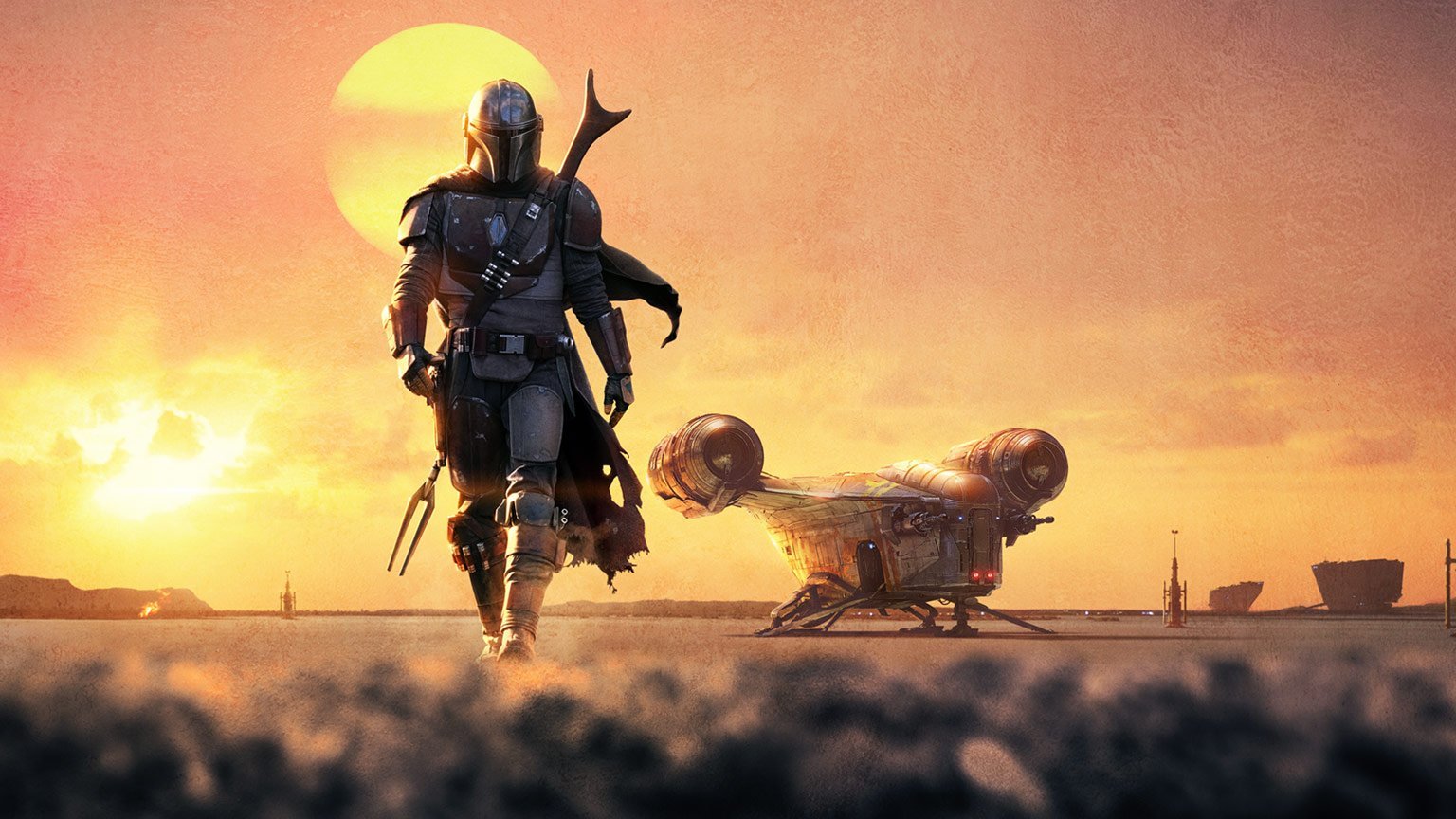 ‘THE MANDALORIAN’ (2019), ©LUCASFILM/WALT DISNEY STUDIOS
‘THE MANDALORIAN’ (2019), ©LUCASFILM/WALT DISNEY STUDIOS
‘The Fifth Element’ (1997)
Luc Besson created a timeless work of cinema with this futuristic epic starring Bruce Willis, Milla Jovovich, and Gary Oldman. It made history with its daring production design and bold costume and makeup choices. It even featured opera music by Plavalaguna, the enchanting alien diva voiced by renowned Albanian soprano Inva Mula, along with natural and fantasy motifs—the four elements with Leeloo as the enigmatic fifth, imagined alien species, and ‘magical science’ solutions represent the backbone of ‘The Fifth Element’.
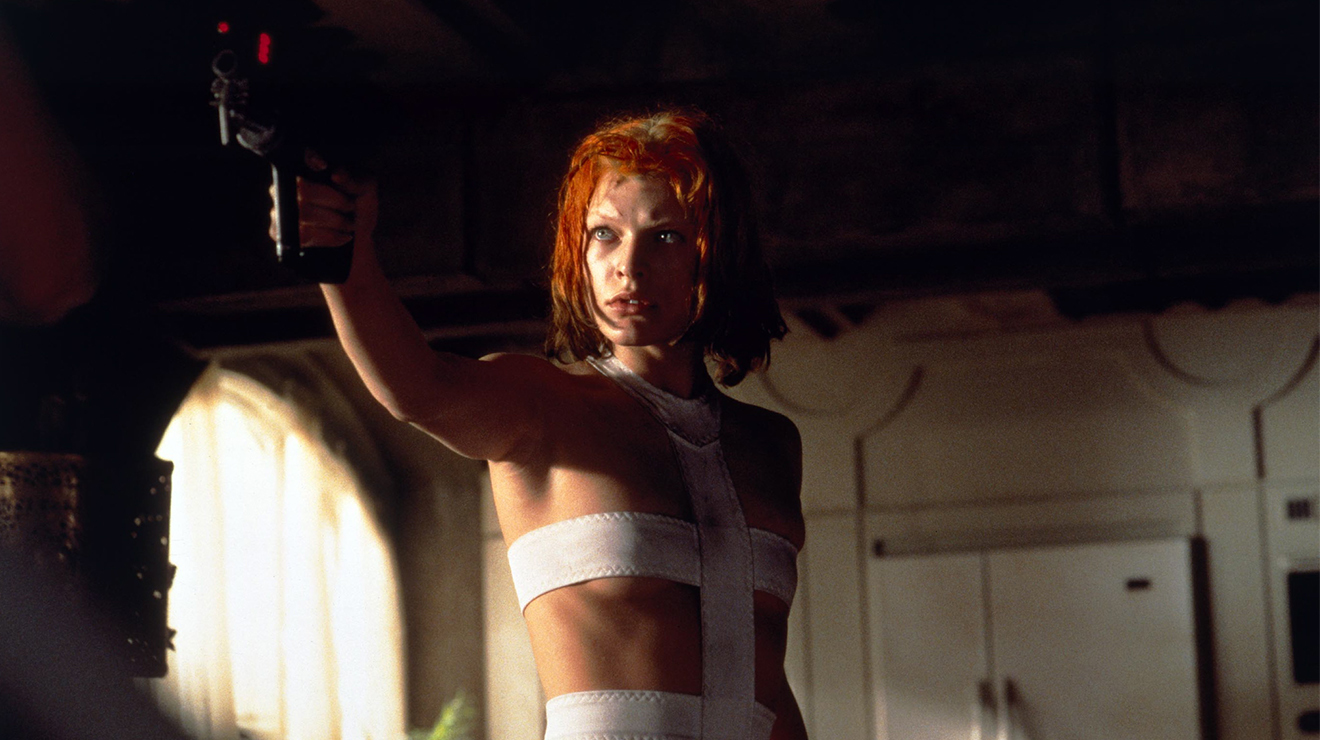 ‘THE FIFTH ELEMENT’ (1997), ©COLUMBIA PICTURES/GAUMONT
‘THE FIFTH ELEMENT’ (1997), ©COLUMBIA PICTURES/GAUMONT
‘Valerian and the City of a Thousand Planets’ (2017)
Luc Besson’s second foray into the futuristic realm didn’t exactly smash box office expectations, but it dreamed big and it went there. Based on the comic books by Pierre Christin and Jean-Claude Mézières, ‘Valerian and the City of a Thousand Planets’ follows Major Valerian and Sergeant Laureline as they fight to save Alpha, a space station of the 28th century where beings from different planets live together in a constant exchange of culture and knowledge. Liberal use of visual effects, fantastical alien creatures, and ‘magical science’ via fancy-looking gadgets and multiple ecosystems crammed into a single space-floating station are central to the story.
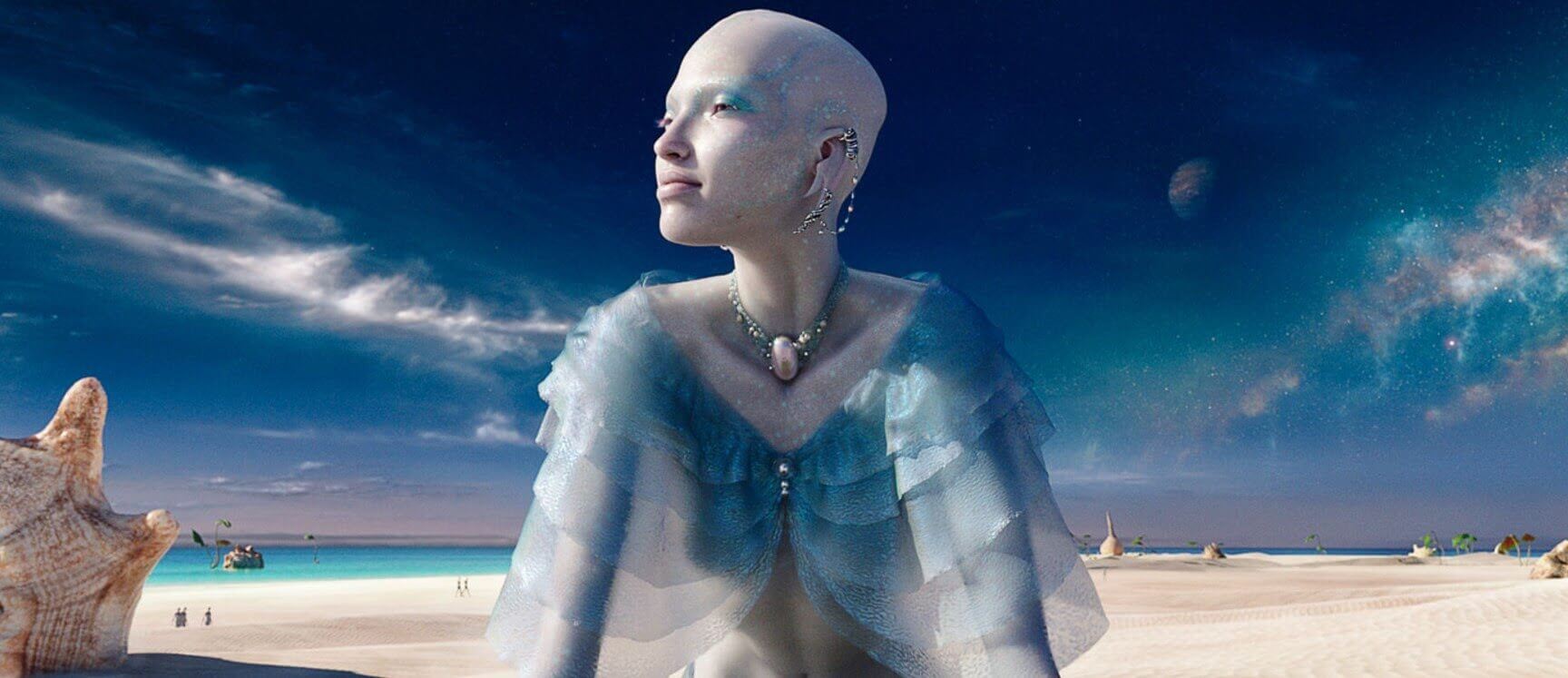 ‘VALERIAN AND THE CITY OF A THOUSAND PLANETS’ (2017), ©EUROPACORP
‘VALERIAN AND THE CITY OF A THOUSAND PLANETS’ (2017), ©EUROPACORP
‘John Carter’ (2012)
Disney’s lesser loved attempt at space was based on a story by Edgar Rice Burroughs, titled ‘A Princess of Mars’. Much like ‘Valerian and the City of a Thousand Planets’, ‘John Carter’ didn’t exactly knock most viewers’ socks off, though it did develop a kind fandom over the years. Academy Award recipient Andrew Stanton delivers a charming hero’s quest here with a Civil War vet protagonist who ends up on Mars, where he faces fascinating foes and saves a gorgeous princess. It is pretty much the silicone mould of space fantasy.
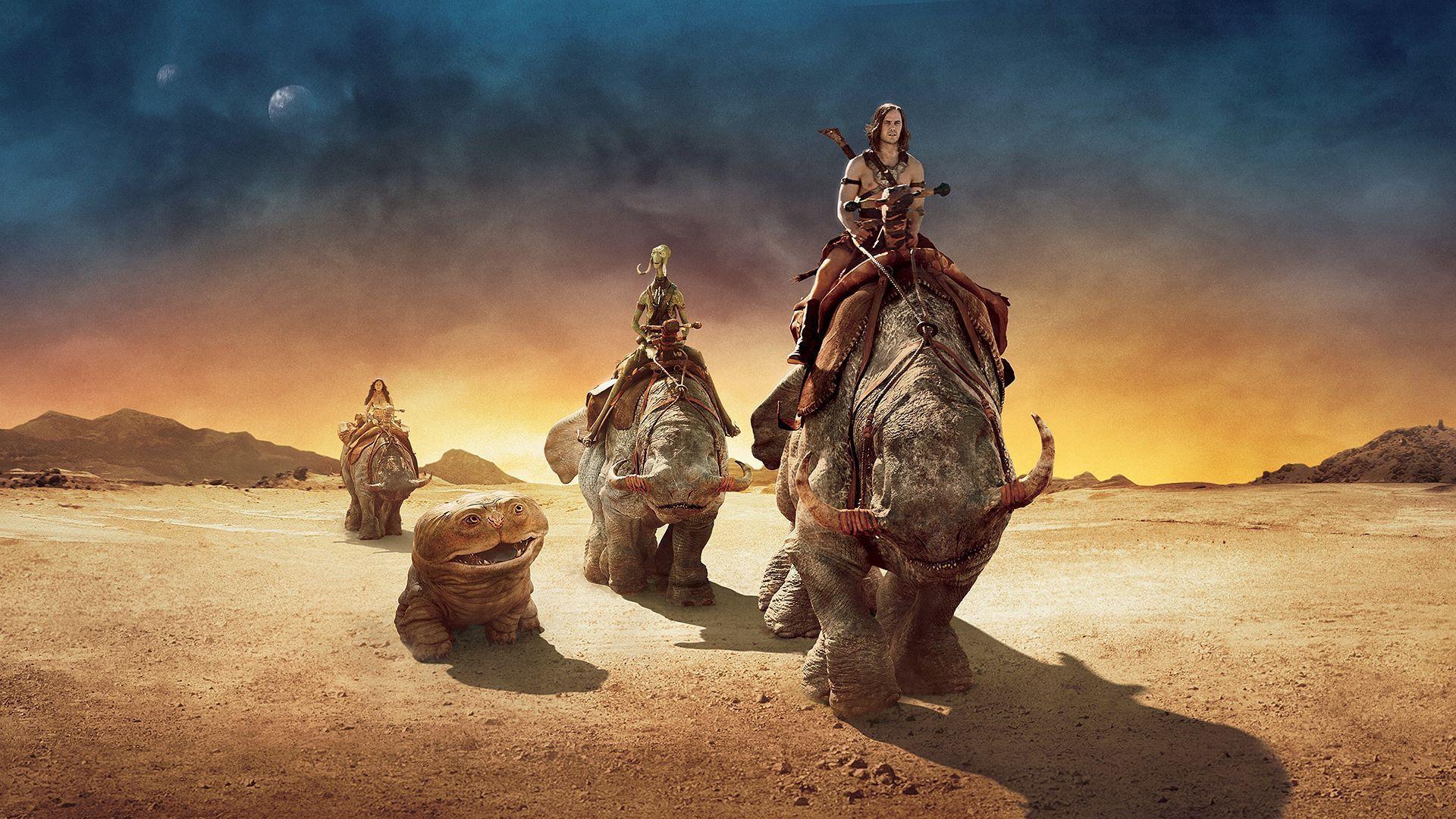 ‘JOHN CARTER’ (2012), ©WALT DISNEY STUDIOS
‘JOHN CARTER’ (2012), ©WALT DISNEY STUDIOS
‘Avatar’ (2009)
By imagining an alien species inhabiting the moon Pandora, James Cameron’s visual masterpiece goes farther in detail than others before it. The special effects are visually arresting, and the manic attention to detail within production and character design—not to mention world-building—left me, personally, speechless. The film does tread closer to the ‘magical’ side of cinema, but its Academy Awards for Cinematography, Visual Effects, and Art Direction were absolutely well-deserved. Viewers are soon to be treated to a sequel, too, after years of working to develop new technology for filming performance capture scenes underwater, which were necessary to bring Cameron’s story to life.
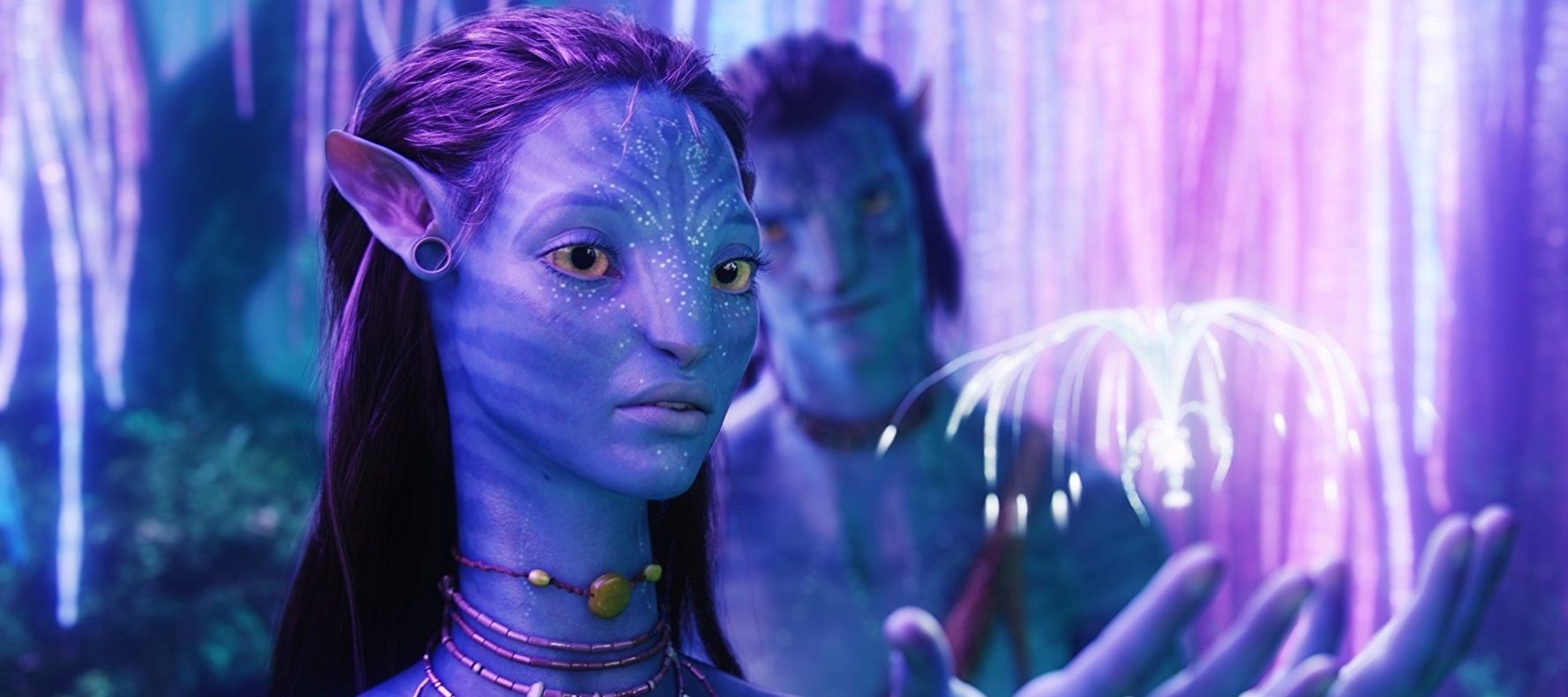 ‘AVATAR’ (2009), ©20TH CENTURY FOX
‘AVATAR’ (2009), ©20TH CENTURY FOX
Science Fiction: The Soft and Hard Kind
Unlike its pretty-looking cousin, a possible future is always at the centre of the story with science fiction. Yes, we bounce from one planet to another, and yes, we meet new alien species along the way, but all works of sci-fi draw more from Arthur C. Clarke than from Ursula K. LeGuin, in a world-building sense. The science used can be soft, mellow, or hard—the latter being a unicorn of this genre, truth be told, but regardless of accuracy, it is always central to the story and its world architecture.
‘Star Trek’ (1966, and also still going)
There is only one other creator within the cinematic realm that is as loved and revered as George Lucas, and that’s Gene Rodenberry, responsible for the resoundingly influential Star Trek universe. Its premise is simple. In the distant future, multi-species crews of the United Federation of Planets travel across galaxies on missions of peaceful exploration—the aim is ‘to boldly go where no man has gone before’. And so, a plethora of ‘what if’ scenarios are imagined. Most of the science used, such as the warp drive or the transporter, is soft science and purely, dreamy theoretical, yet it helps shape the entire narrative.
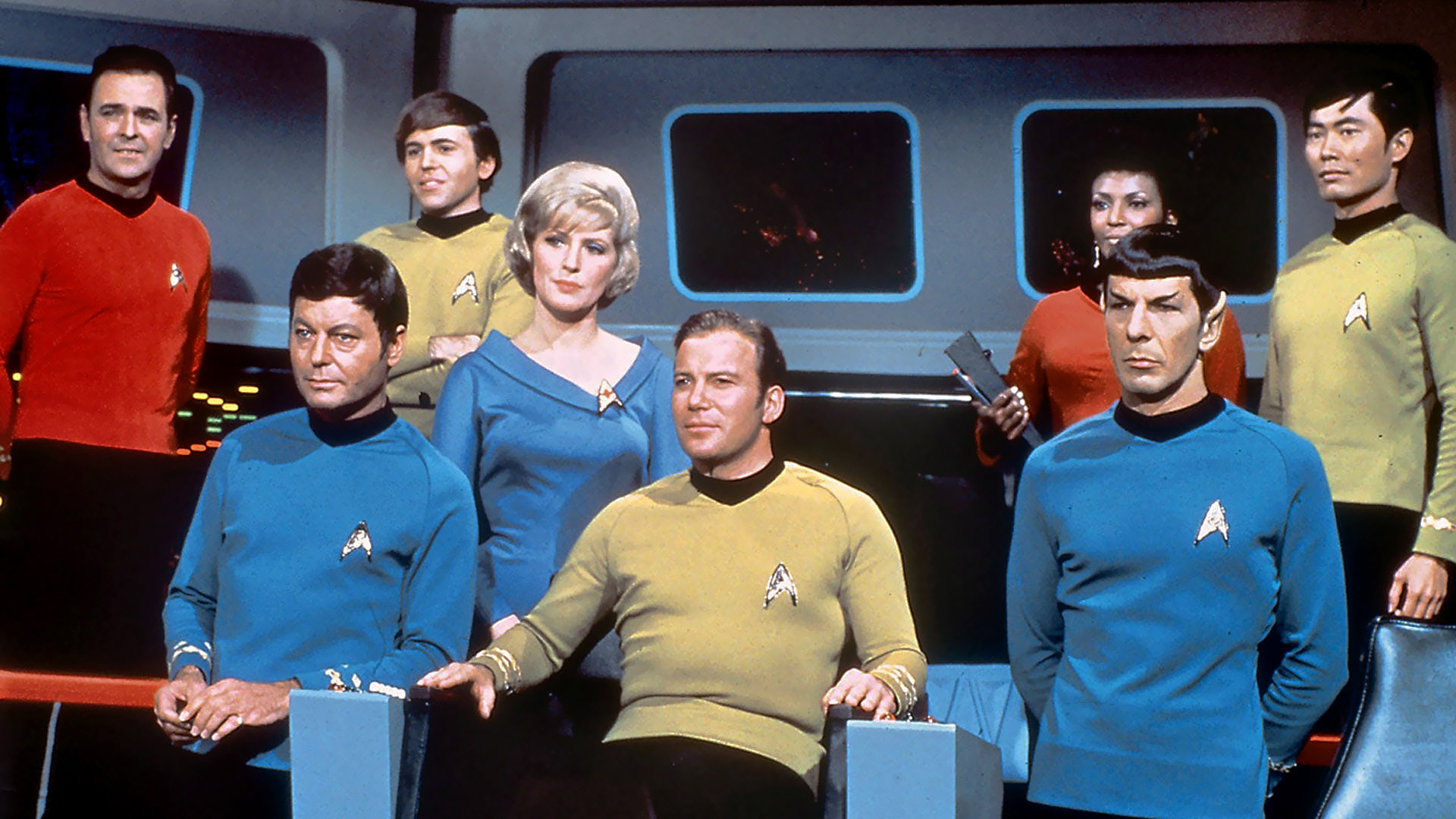 ‘STAR TREK: THE ORIGINAL SERIES’ (1966-1969), ©PARAMOUNT TELEVISION
‘STAR TREK: THE ORIGINAL SERIES’ (1966-1969), ©PARAMOUNT TELEVISION
The Star Trek franchise stuck mostly to the small screen at first, with the original ‘Star Trek’ series running from 1966 to 1969. It was a roaring success that gifted pop culture with unforgettable characters and memorable lines, quickly growing into a massive phenomenon that spanned movies and animated series, as well. ‘Star Trek: The Next Generation’ was an even bigger hit, enjoying season after season on television from 1987 until 1994, followed by additional spinoffs such as ‘Deep Space Nine’ (1993-1999) and ‘Enterprise’ (2005).
With J.J. Abrams at the helm, Rodenberry’s cosmos was rebooted through the Kelvin timeline in 2009, bringing Leonard Nimoy’s Spock back into the past to reset and reshape the destinies of Captain Kirk and the rest of the original series’ protagonists—here played by Chris Pine, Zachary Quinto, and Zoe Saldana, John Cho, Karl Urban, Simon Pegg, and Anton Yelchin. Streamers have since picked up several series, including ‘Discovery’ (2017) and ‘Picard’ (2020).
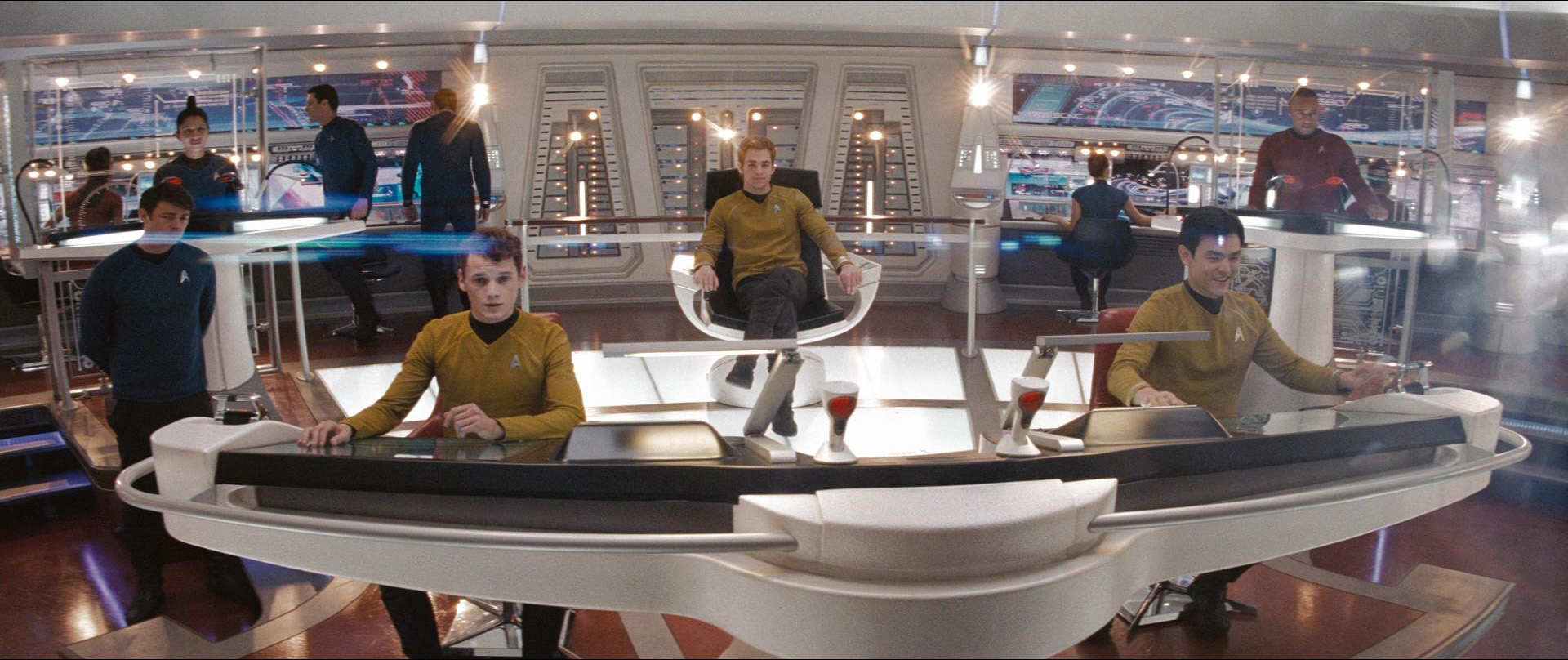 ‘STAR TREK’ (2009), ©PARAMOUNT PICTURES
‘STAR TREK’ (2009), ©PARAMOUNT PICTURES
‘Firefly’ (2002-2003) & ‘Serenity’ (2005)
Joss Whedon’s project brought the incomparable talents of Nathan Fillion, Gina Torres, and Alan Tudyk to the small screen while also blending the grittiness of the western genre into science fiction in a way that just… made sense. Despite its hybrid nature and undeserved cancellation, the show tried honourably to use real science—one of the few who bothered at the time, actually, and that’s part of what made it so popular.
‘Serenity’ was meant to tie up loose ends after Whedon secured funding for the feature, but ‘Firefly’ retains a loyal following to this day, and for good reason. I’ll sneak some praise here for other cult classics based in outer space: ‘Babylon 5’ (1993-1998), ‘Farscape’ (1999-2003), and ‘Battlestar Galactica’ (2004-2009), which deserve love for their boldness and often surprising character complexity.
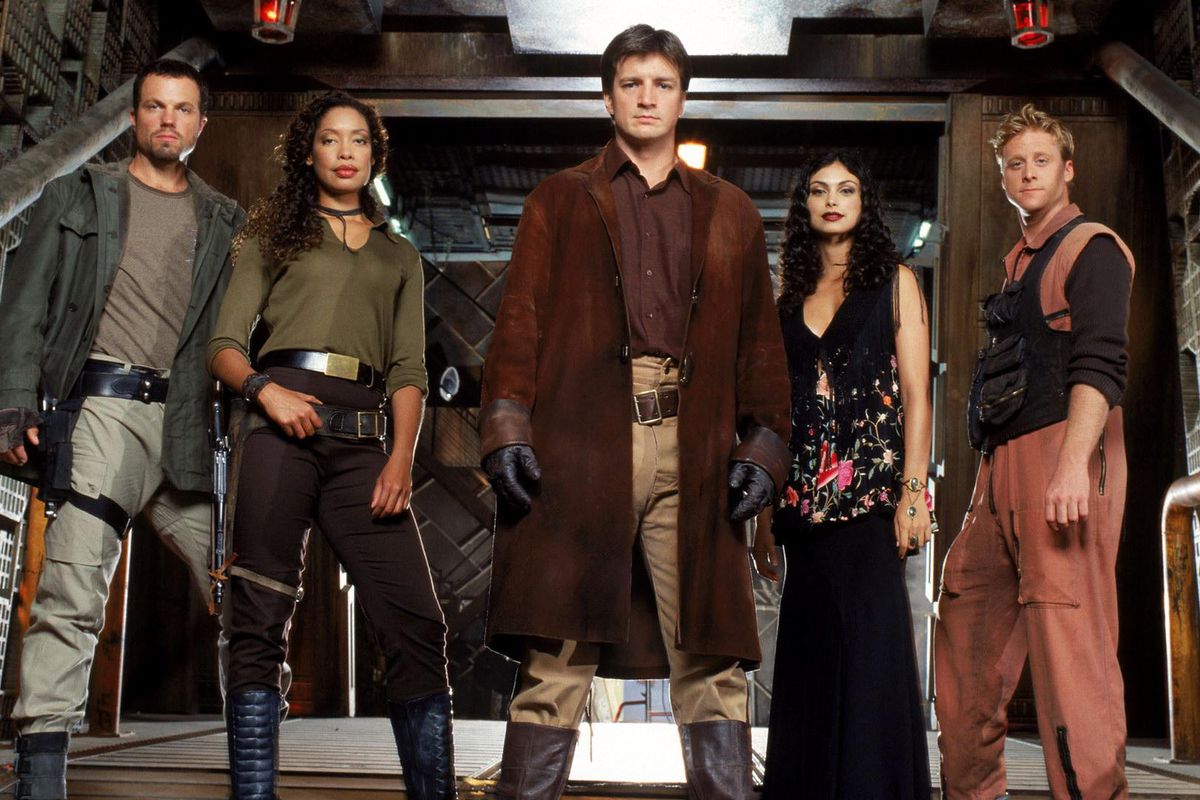 ‘FIREFLY’ (2002-2003), ©20TH CENTURY FOX TELEVISION
‘FIREFLY’ (2002-2003), ©20TH CENTURY FOX TELEVISION
From ‘Alien’ (1979) to ‘Prometheus’ (2012)
No one will ever forget the alien xenomorph bursting out of John Hurt’s chest in Ridley Scott’s legendary feature film. No one. But beyond the shock value, the frighteningly beautiful character design by H.R. Giger, the Academy Award-winning visual effects, and Sigourney Weaver’s illustrious performance, ‘Alien’ and its sequels were pretty good at imagining a possible future for humanity.
Yes, there could be life out there, and yes, contact might get everyone killed. More than three decades after the first ‘Alien movie’, Mr Scott took his story deeper into the realm of ‘what if’ with ‘Prometheus’, the prequel that sought to answer a greater question regarding humanity’s own starting point: what if Earth isn’t our point of origin, after all?
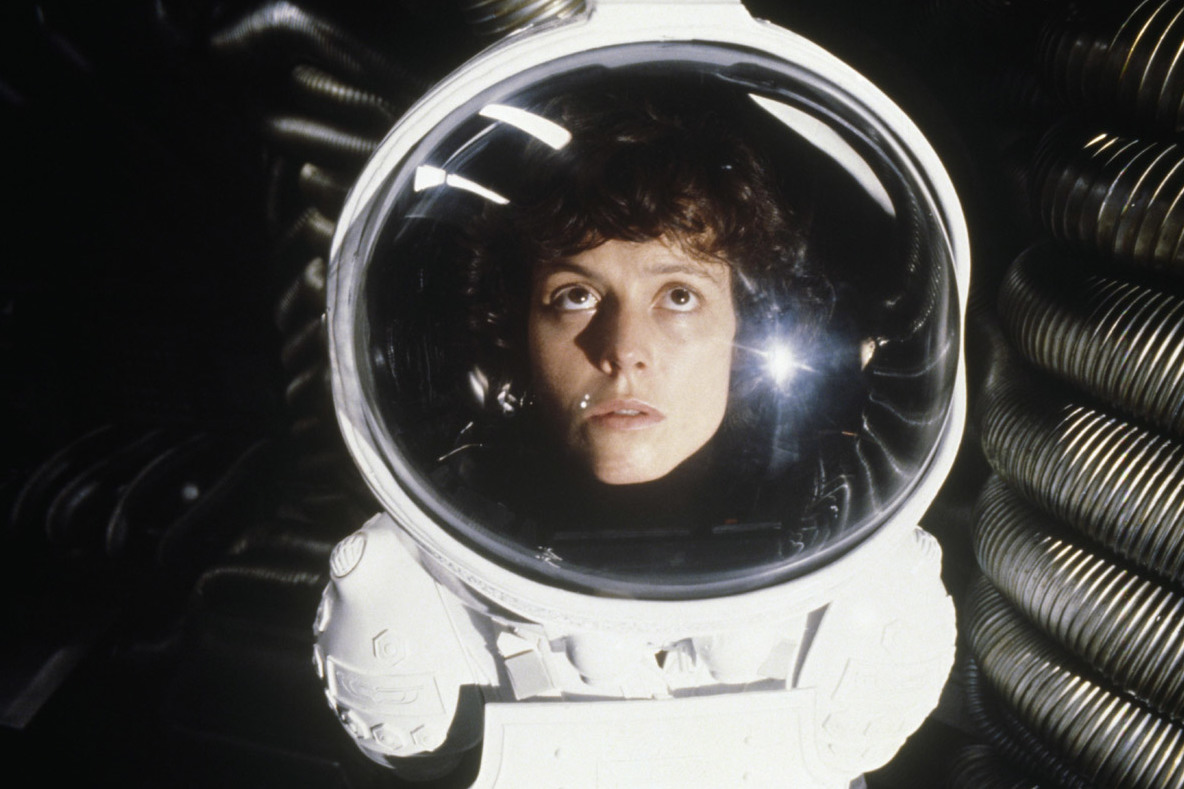 ‘ALIEN’ (1979), ©BRANDYWINE PRODUCTIONS/20TH CENTURY FOX
‘ALIEN’ (1979), ©BRANDYWINE PRODUCTIONS/20TH CENTURY FOX
‘2001: A Space Odyssey’ (1968)
Arthur C. Clarke’s most popular novel was developed concurrently with Stanley Kubrick’s iconic film, the latter considered one of cinema’s greatest feats of science fiction—ambitious and remarkable in its execution. Some of the multiple themes explored within this epic space adventure include the perils of artificial intelligence, the dangers of nuclear warfare, and the risks of technological advancement. We are capable of incredible things as a species, said both Mr Clarke and Mr Kubrick, but we are also capable of terrible things.
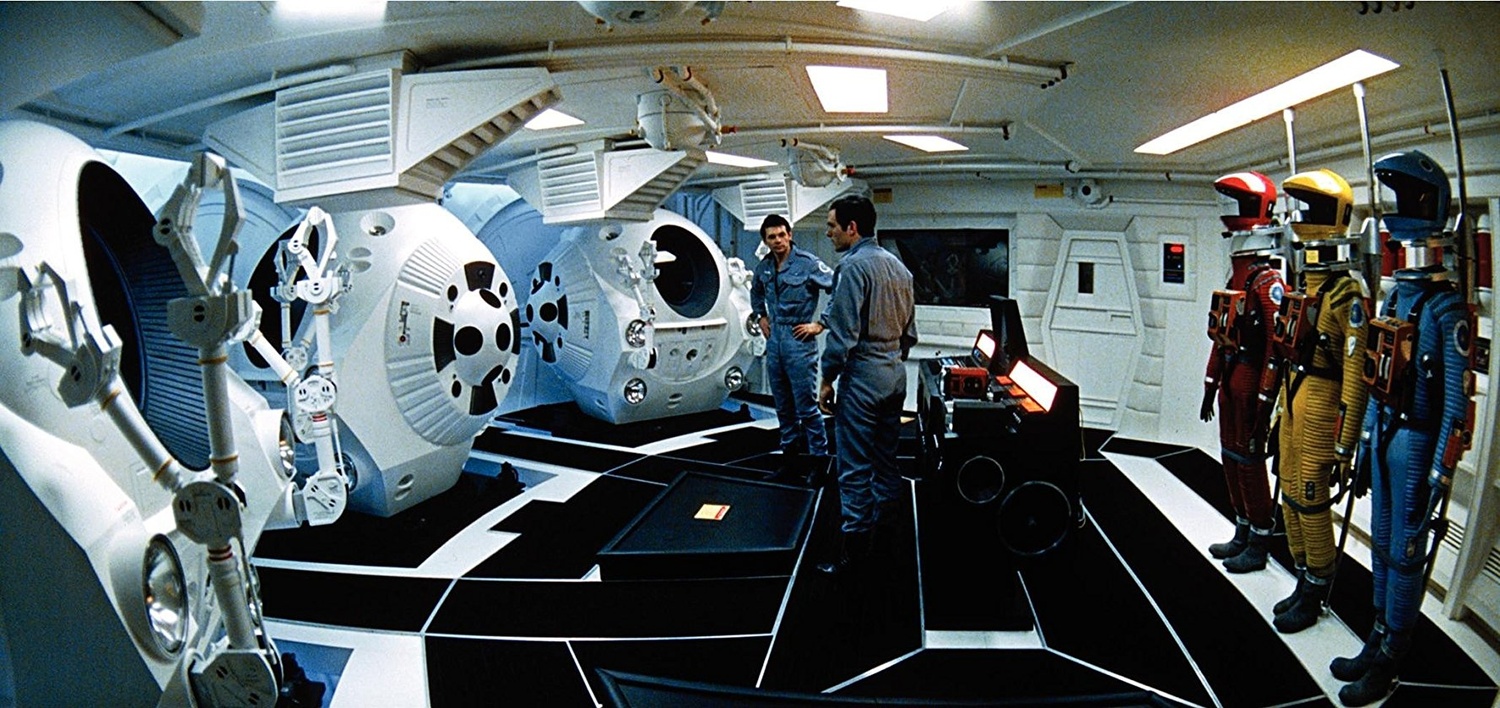 ‘2001: A SPACE ODYSSEY’ (1968), ©METRO-GOLDWYN-MAYER (MGM)
‘2001: A SPACE ODYSSEY’ (1968), ©METRO-GOLDWYN-MAYER (MGM)
‘Interstellar’ (2014)
As far as space exploration movies go, Christopher Nolan’s oeuvre is at the top of my list for science fiction cinema. It’s a work of art and science somehow finding common ground to propose a possible future, where man must travel through a wormhole in order to secure humanity’s survival. An ambitious tale to tell through breath-taking performances from Matthew McConaughey and Anne Hathaway, ‘Interstellar’ puts the theory of black holes acting as wormholes to the test.
The result is mind-boggling, particularly through its simulation of a Gargantua, which rendered even esteemed astrophysicist Kip Thorne (whose mathematics made the simulation possible to begin with) speechless! While there is so much we still don’t know about our universe, one thing is clear: our minds are able to transcend it, already.
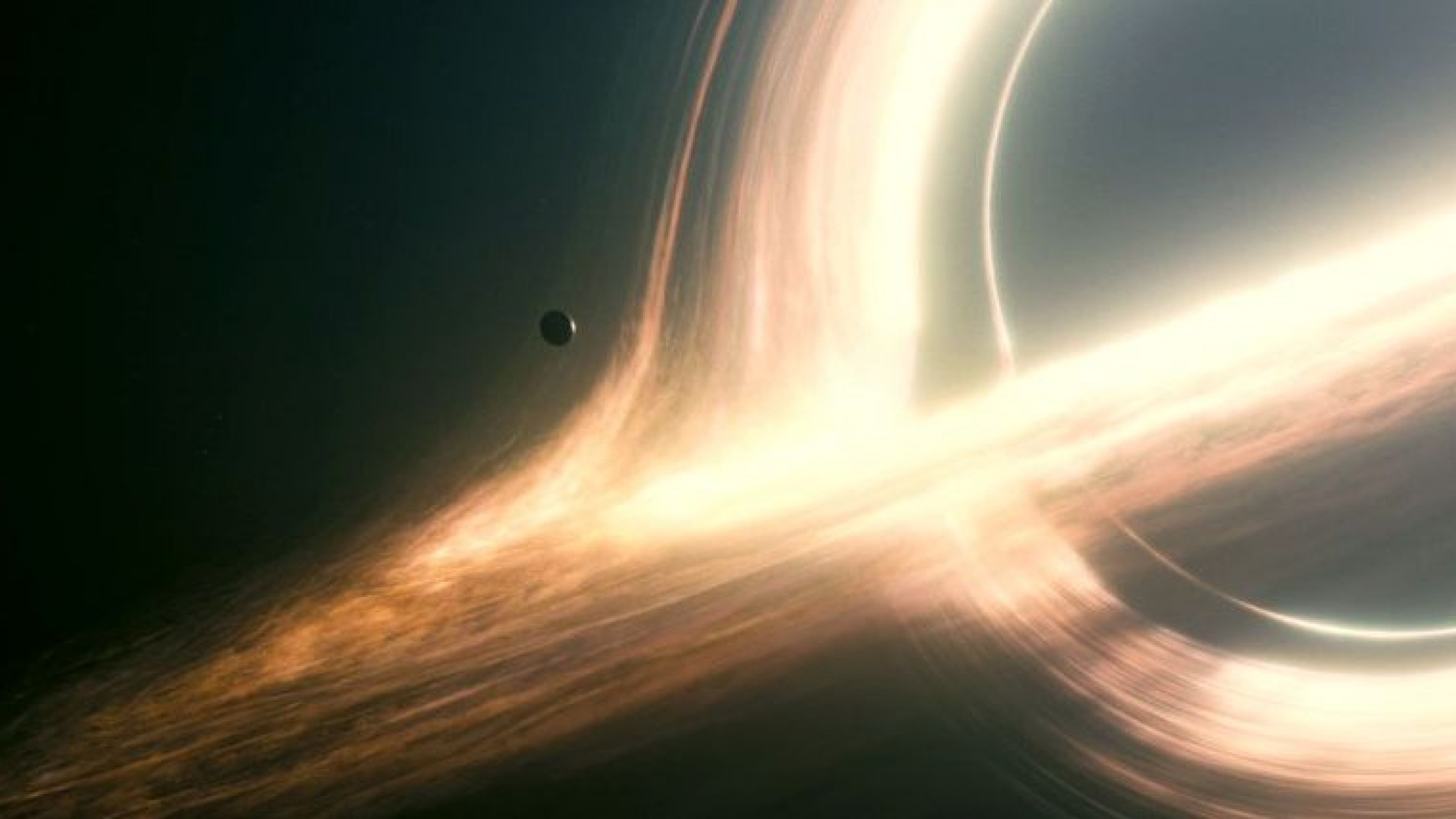 ‘INTERSTELLAR’ (2014), ©PARAMOUNT PICTURES/WARNER BROS.
‘INTERSTELLAR’ (2014), ©PARAMOUNT PICTURES/WARNER BROS.
‘The Expanse’ (2015)
Since Amazon’s exceptional science fiction series based on James S.A. Corey’s novels first streamed, HBO and Netflix have taken their own cracks at tackling the genre in an episodic structure—worth noting ‘Altered Carbon’ (2018), ‘Nightflyers’ (2019), and ‘Raised by Wolves’ (2020), mainly for their ambition of blending possible futures into fantastic, science-based (mostly!) storytelling. Alas, none reach the astounding levels ‘The Expanse’, and I’m confident in this statement for two reasons:
First, it’s the science. For obvious reasons, the protomolecule, while essential to the plot, is pure fantasy. So are the juice injections that help the human body withstand multiple-G speeds and the Epstein drive which allows for interplanetary travel—while neither is necessarily impossible, even theories fail to explain them.
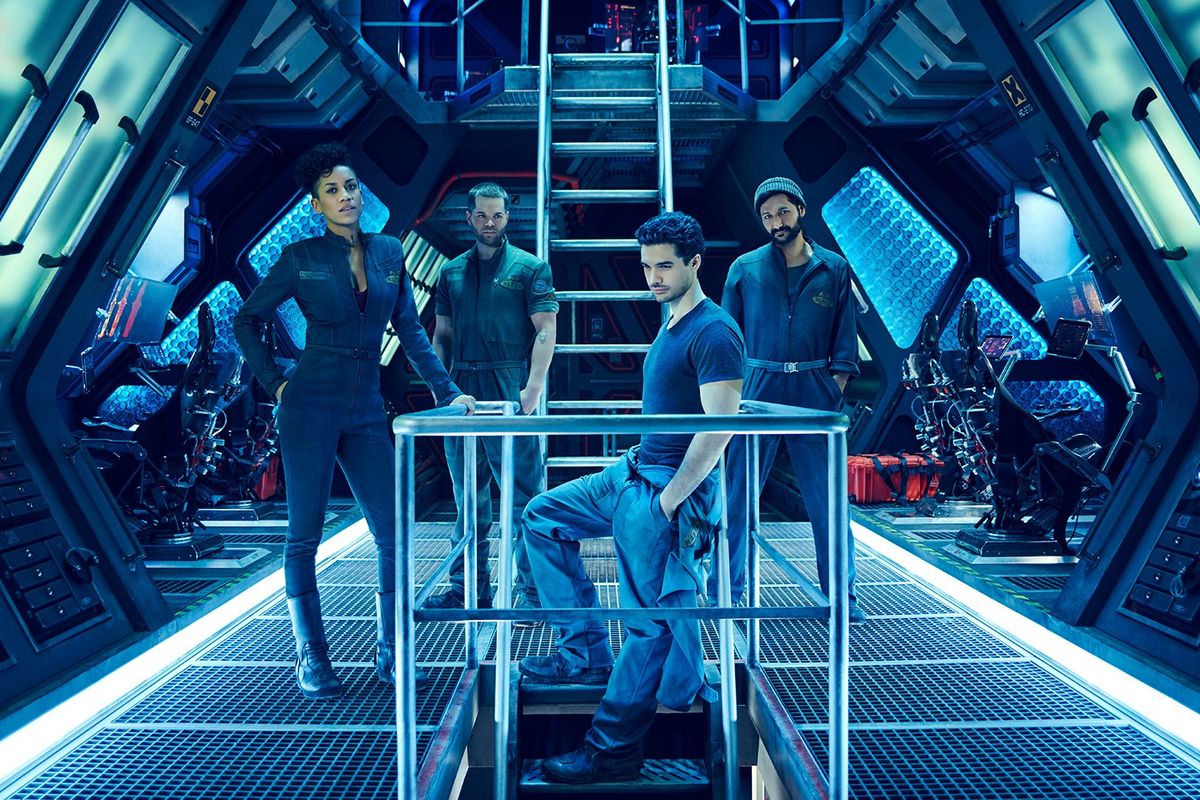 ‘THE EXPANSE’ (2015), ©AMAZON PRIME VIDEO/SYFY
‘THE EXPANSE’ (2015), ©AMAZON PRIME VIDEO/SYFY
Yet almost everything in the series is dedicated to scientific realism, and it offers an incredible foundation to build on. Space is a cruel mistress, and its varied living conditions, from the void’s lack thereof to Earth’s thriving atmosphere, show viewers the different ways in which humans might be able to survive in the future beyond our planet.
Second, creators Mark Fergus, Hawk Osby, Daniel Abraham, and Ty Franck manage to weave these scientifically-accurate realities into what I shall gladly describe as a ‘Game of Thrones in Space’, thus expanding on this possible future by studying mankind’s societal and political evolution over the span of four centuries, without skimping on the violence and intrigue. Our nature is both exploratory and destructive, and ‘The Expanse’ holds a mirror up to us in a genuinely startling fashion.
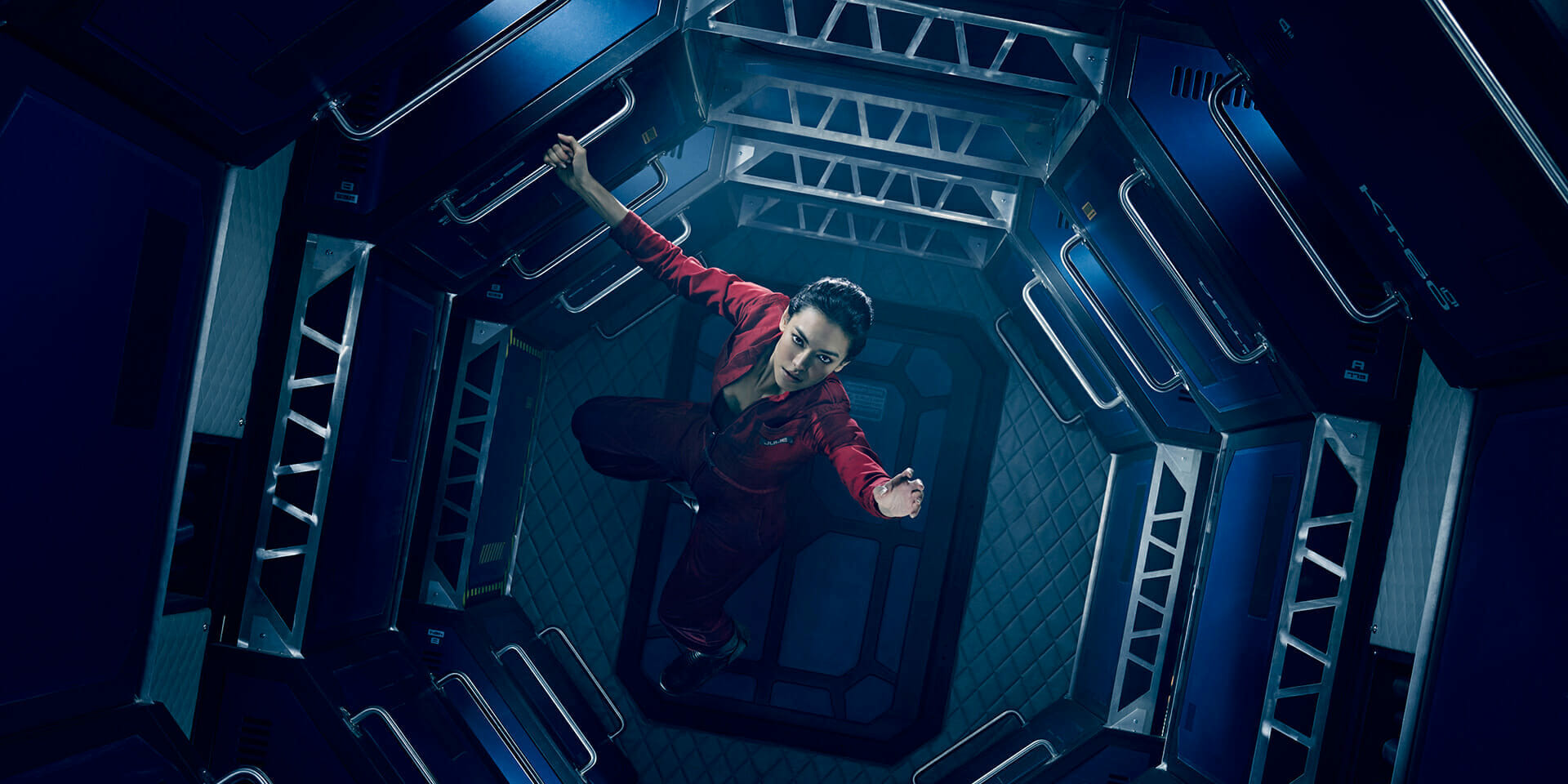 ‘THE EXPANSE’ (2015), ©AMAZON PRIME VIDEO/SYFY
‘THE EXPANSE’ (2015), ©AMAZON PRIME VIDEO/SYFY
Of all the titles listed above, ‘The Expanse’ and ‘Interstellar’ represent a pivotal point in science fiction through their ability to convey an astoundingly coherent and potential hereafter for our species. I can only dare hope that upcoming film and TV productions will pay similar attention to the hard science upon which our very existence is built. While I will always love an epic space fantasy done right, it is truly an unforgettable experience to look at a movie or a TV series and realize that we might someday actually get that far. That our world can be bigger. Much bigger.
Jules R. Simion
Jules is a writer, screenwriter, and lover of all things cinematic. She has spent most of her adult life crafting stories and watching films, both feature-length and shorts. Jules enjoys peeling away at the layers of each production, from screenplay to post-production, in order to reveal what truly makes the story work.
A Study of Epic Fantasy on Television
Since I’m not a fan of lists but can’t seem to stop myself from enumerating the best that cinema…
The Witcher: Good, Not Great Fantasy
When Netflix first announced its plans for ‘The Witcher’, many fans of the eponymous videogames…
The Triumph of Micro-Budgets in Science Fiction
The sci-fi genre has been a staple of cinematography from the moment filmmakers were able to…
Don't miss out
Cinematic stories delivered straight to your inbox.
Ridiculously Effective PR & Marketing
Wolkh is a full-service creative agency specialising in PR, Marketing and Branding for Film, TV, Interactive Entertainment and Performing Arts.
